Civil tools
BricsCAD® V21 offers many advanced tools for linear infrastructure modeling.
Import/Export
New and enhanced tools for importing and exporting civil data help accelerate collaboration and design processes.
Civil 3D Data
The new CIVIL3DIMPORT command enables you to create multiple civil entities in your BricsCAD® drawing, from an external Autodesk® Civil 3D drawing, in one operation.
LandXML Data
The LANDXMLIMPORT command and LANDXMLEXPORT command tools offer more flexibility. They support new alignment curves including spiral-curve-spiral combinations and parabolas for vertical alignments. Imported vertical alignments automatically create 3D Alignments. And, when importing a surface with breaklines, a new option allows you to specify whether the breaklines should be drawn as 3D polylines or not drawn at all.
Civil Entity Properties
All Civil entities now include Name and Description properties in the Properties panel. Name and description are in the read-only mode in the Properties panel. They can be edited with the API.
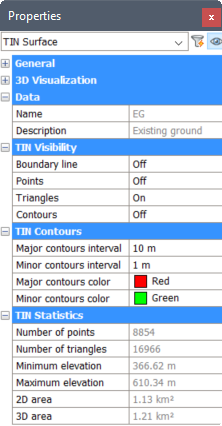
Selected sub-entities of (Civil) custom entities are also displayed in the Properties panel.
Civil settings
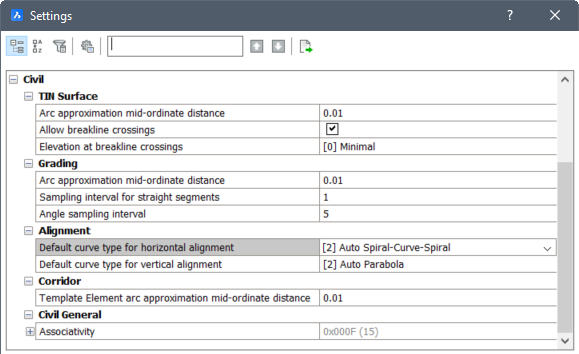
TIN Surfaces
New and enhanced tools for creating and editing TIN surfaces provide more flexibility and a faster workflow.
Associativity
Points and blocks are dynamically linked to the TIN surface. If a TIN surface is created from points or blocks in the drawing and some points/blocks are moved, the TIN surface automatically updates to reflect the changes.
Clipping

Raster Images

Extract
The TINEXTRACT command enables you to extract faces, points, contours, and the border from a TIN surface, in addition to the previous ability to extract a mesh or solid.

You may also extract a TIN surface from a Grading or TIN Volume Surface using the TINEXTRACT command.
Project

Water Path

Alignments
The workflow for creating alignments is simplified while still offering powerful functionality and additional flexibility.
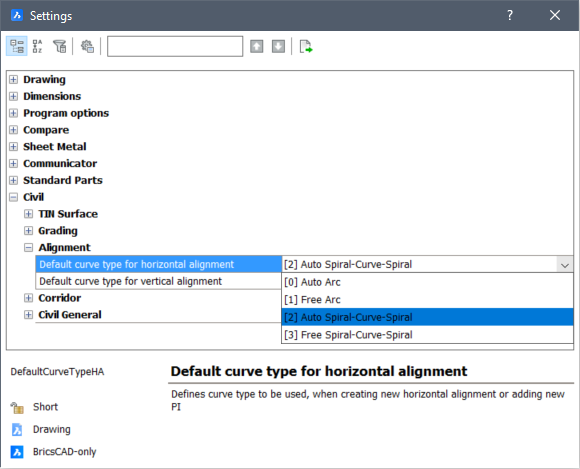
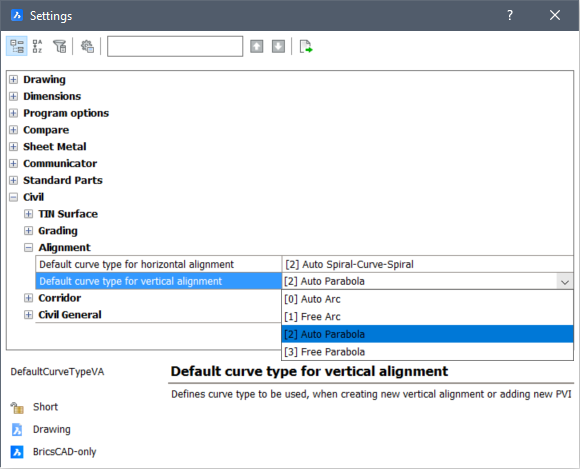
The Properties panel displays properties for Spiral-Curve-Spiral or parabola elements.
Corridors
Powerful corridor tools help you create a 3D model of linear infrastructure defined by a template and 3D alignment.


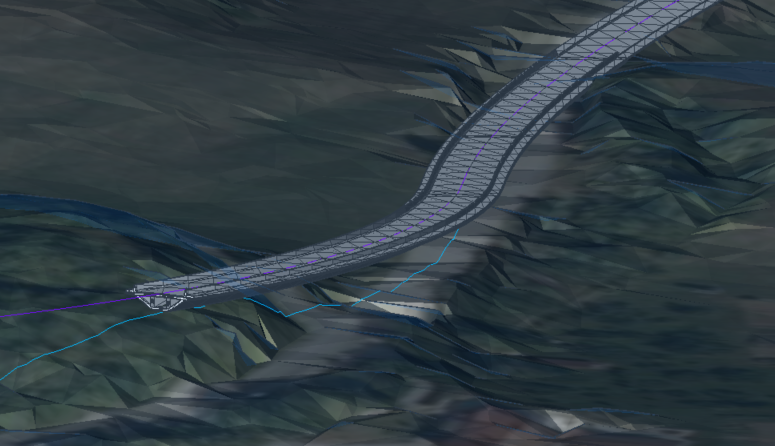
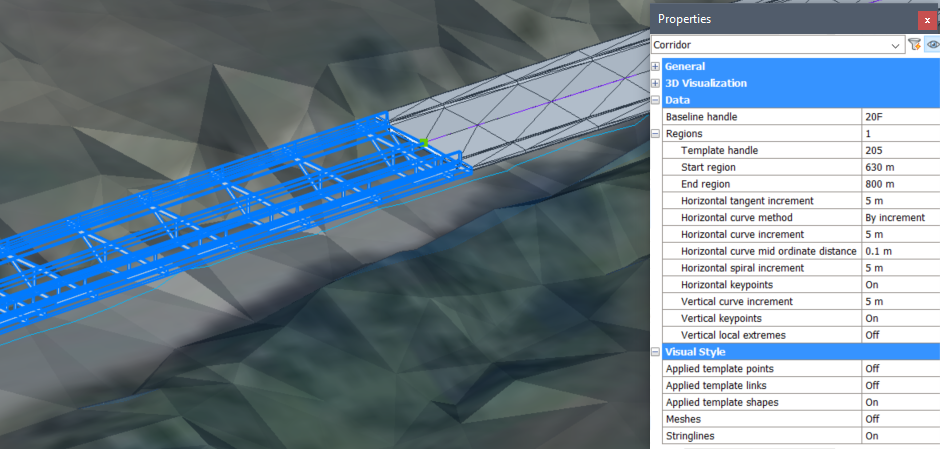
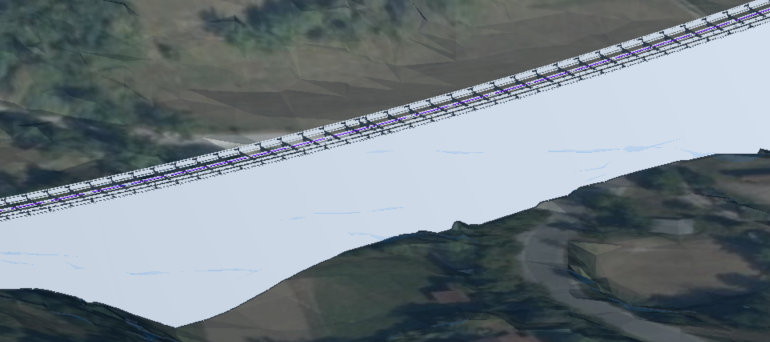
Gradings
The new GRADINGBALANCE command enables you to balance grading cut and fill volumes.
TIN Volume Surfaces
The ARRAYASSOCIATIVITY system variable includes a new control for TIN Volume Surface associativity. TIN volume surfaces automatically rebuild when their source surfaces change.
API Samples
The following API samples are provided: Horizontal alignment report, Color surface triangles by elevation, Color surface triangles by slope.